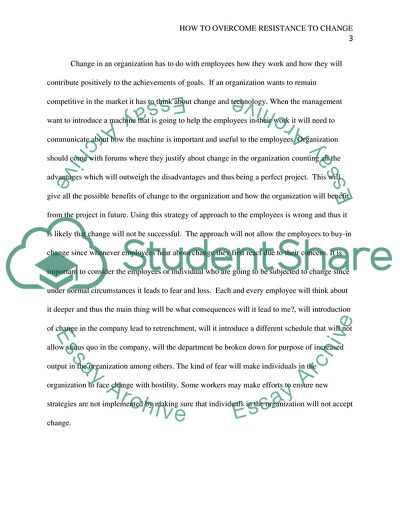Cite this document
(How to overcome resistance to change Research Paper, n.d.)
How to overcome resistance to change Research Paper. https://studentshare.org/human-resources/1846870-how-to-overcome-resistance-to-change
How to overcome resistance to change Research Paper. https://studentshare.org/human-resources/1846870-how-to-overcome-resistance-to-change
(How to Overcome Resistance to Change Research Paper)
How to Overcome Resistance to Change Research Paper. https://studentshare.org/human-resources/1846870-how-to-overcome-resistance-to-change.
How to Overcome Resistance to Change Research Paper. https://studentshare.org/human-resources/1846870-how-to-overcome-resistance-to-change.
“How to Overcome Resistance to Change Research Paper”. https://studentshare.org/human-resources/1846870-how-to-overcome-resistance-to-change.


